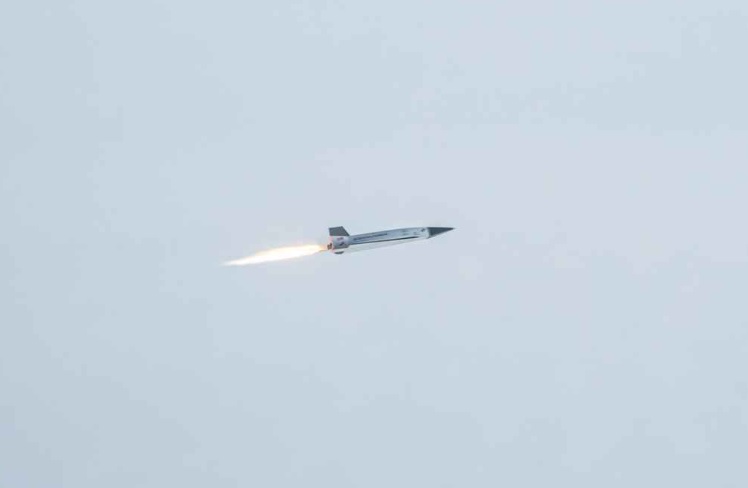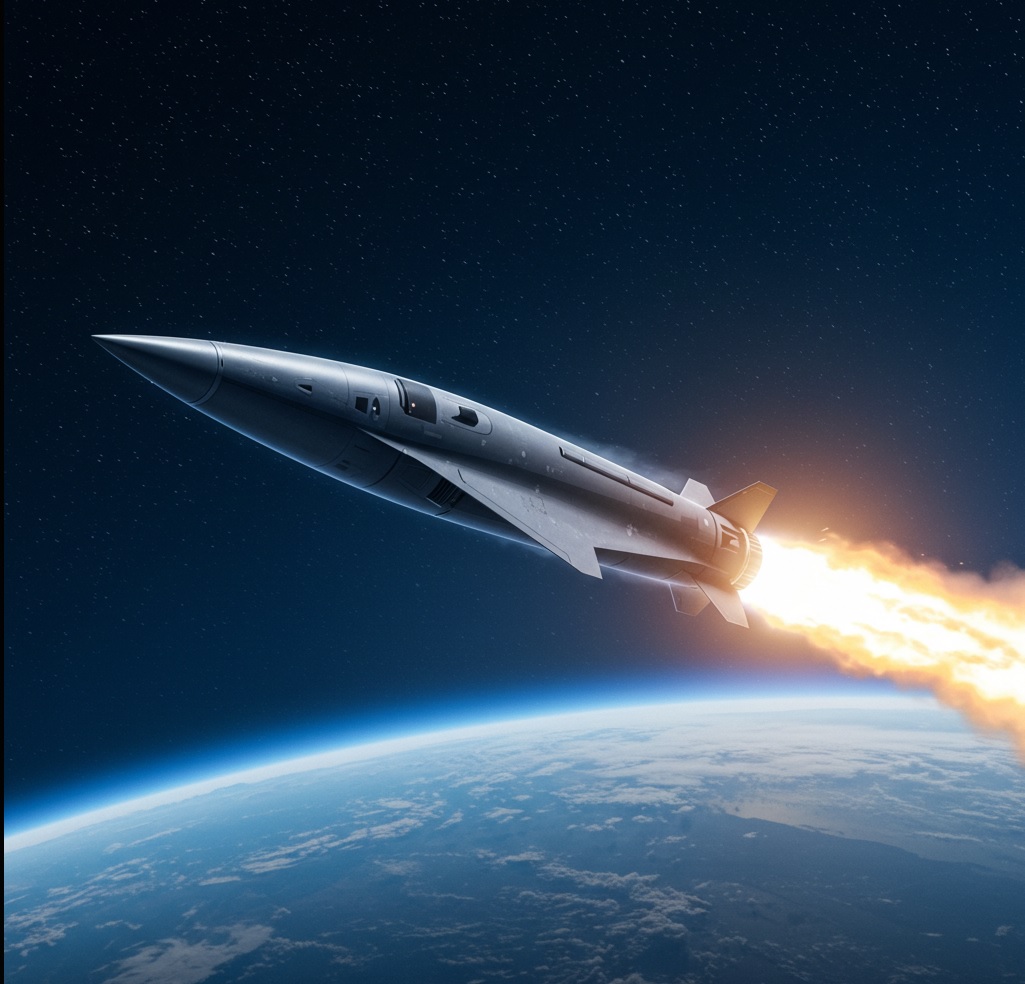
In the vast blue canvas of aerospace innovation, something remarkable is happening. Stratolaunch, once envisioned by Microsoft co-founder Paul Allen as a satellite launch platform, has evolved into something far more extraordinary—a pioneer in hypersonic flight technology. With its massive Roc aircraft boasting an impressive 385-foot wingspan and the sleek Talon-A2 prototype achieving speeds over five times the speed of sound, we’re witnessing what could be a paradigm shift in how we approach high-speed flight and space access. 🚀
What makes this air-launch system so different from traditional rockets that have dominated space access for decades? The answer lies in recent breakthrough flights where Stratolaunch successfully demonstrated not just hypersonic capabilities, but also the ability to recover vehicles and payloads intact—a feat that has profound implications for military applications, scientific research, and perhaps even the future of commercial flight. As nations race to develop hypersonic technologies for strategic advantage, Stratolaunch’s recent successes for the U.S. military’s MACH-TB program suggest we’re entering a new chapter in aerospace history—one where the boundaries between aviation and rocketry continue to blur in fascinating ways.

Stratolaunch’s Evolution: From Satellite Launch to Hypersonic Testing
A. Paul Allen’s original vision in 2011
Microsoft co-founder Paul Allen dreamed big in 2011. His vision? A massive air-launch system to make satellite deployment cheaper and more flexible than traditional rockets. The Stratolaunch aircraft would carry rockets to high altitude before releasing them—skipping the fuel-intensive first stage of launch.
B. Mission transformation after 2018
After Allen’s death in 2018, Stratolaunch pivoted dramatically. The company now focuses on hypersonic flight testing with its Talon-A vehicles. This shift leveraged the Roc’s unique capabilities for a growing defense market, moving away from commercial satellite launches toward advancing hypersonic technology development.
The Talon-A2 Prototype’s Breakthrough Achievements
A. Recent successful hypersonic test flights
The Talon-A2 prototype smashed records last month, hitting Mach 5+ during its third test flight. Unlike traditional rocket systems that struggle with reusability, Stratolaunch’s air-launch design showed off exactly why it’s changing the game in hypersonic technology development.
B. Technical capabilities and speed performance
This isn’t your average aircraft. The Talon-A2 flies at over 3,800 mph, making it perfect for testing hypersonic payloads. Its unique carrier-separation system means smoother launches than ground-based rockets, with real-time testing capabilities that traditional systems simply can’t match.
Comparing Air-Launch Systems to Traditional Rockets
A. Operational flexibility and deployment advantages
Air-launch systems like Stratolaunch totally change the game compared to traditional rockets. Think about it – you can fly the carrier aircraft to the optimal launch spot, dodge bad weather, and choose your orbit without being tied to fixed launch sites.
B. Cost efficiency and reusability factors
The economics make sense too. Stratolaunch’s approach means less ground infrastructure and potentially lower costs per launch. The Talon-A vehicles are designed with reusability in mind, while traditional rockets often end up as expensive one-and-done affairs.
The Future of Hypersonic Technology Development
Data collection and research implications
Stratolaunch’s airborne platform isn’t just cool tech—it’s a game-changer for hypersonic research. The Talon-A vehicles can gather atmospheric data at speeds over Mach 5, something ground-launched systems simply can’t match consistently. This creates a testing environment that’s both controlled and real-world.
Potential commercial and defense applications
The applications? Think beyond military. While defense benefits are obvious, the air-launch system opens doors for rapid satellite deployment, responsive space access, and even hypersonic transportation. Companies watching Stratolaunch’s progress are already drafting business models built around these capabilities.
The evolution of Stratolaunch from a satellite launch platform to a hypersonic testing vehicle represents a significant shift in aerospace technology. With the successful hypersonic flights of the Talon-A2 prototype, reaching speeds over five times the speed of sound and demonstrating controlled landings, Stratolaunch has proven the viability of air-launch systems as alternatives to traditional rocket technology. These achievements, conducted in partnership with the U.S. military, highlight the strategic importance of hypersonic capabilities in national security contexts.
Conclusion: As we look toward the future of aerospace, Stratolaunch’s innovations may well herald a new era of flight. The company’s ability to adapt its massive Roc aircraft from its original satellite-launching mission to hypersonic testing demonstrates the flexibility inherent in air-launch platforms. Whether this approach will ultimately complement or compete with traditional rocket systems remains to be seen, but one thing is clear: Stratolaunch has established itself as a pioneering force in advancing the boundaries of what’s possible in our skies and beyond.
LATEST
-
Touched by Zeus: How a Fatal Lightning Strike Peek in to the Glimpse of the Great Beyond
The Man Who Cheated Death Dannion Brinkley isn’t your average Joe. This guy has…
-
iPhones ‘Made in USA’: A Financial Nightmare for Apple Fans?
Imagine walking into an Apple store and seeing an iPhone price tag that reads…
-
The Milky Way to Better Grades? Exam Room Findings Shake Up School Lunches
The recent buzz about the “Whole Milk for Healthy Kids Act” has us, and…










